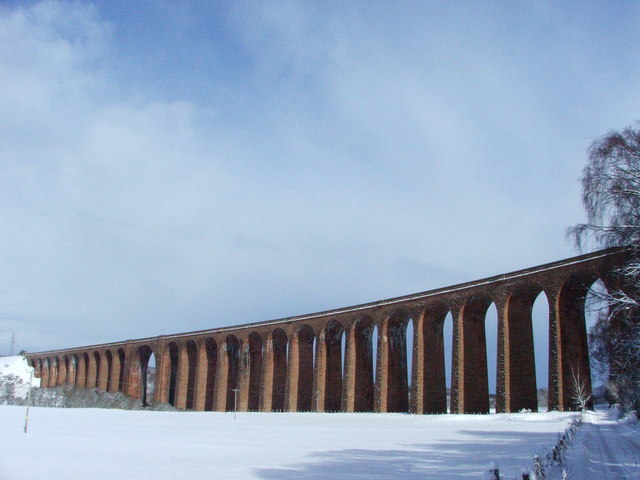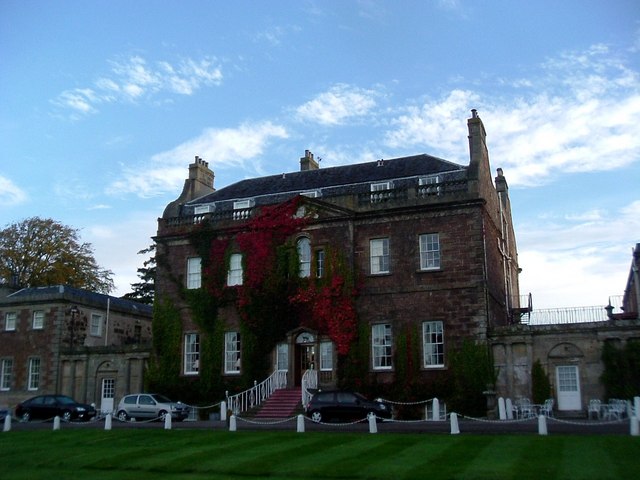Feabuie
Settlement in Nairnshire
Scotland
Feabuie

Feabuie is a small village located in the Highland region of Scotland, specifically in the county of Nairnshire. Situated approximately 4 miles southeast of the town of Nairn, Feabuie is surrounded by picturesque countryside and offers a tranquil and scenic setting.
The village itself is home to a close-knit community, with a population of around 200 residents. The majority of the village's buildings are traditional stone houses, giving Feabuie a charming and timeless feel.
Although small in size, Feabuie benefits from its proximity to the nearby town of Nairn, which provides amenities such as shops, supermarkets, and schools. This allows residents to enjoy the peacefulness of village life while having convenient access to essential services.
In terms of natural attractions, Feabuie is located near the beautiful Moray Firth coastline. This provides locals and visitors with opportunities to explore stunning beaches, participate in water sports, or simply enjoy long walks along the shore.
For those interested in history, nearby attractions include the Cawdor Castle and Brodie Castle, both of which are renowned for their architectural beauty and historical significance.
Overall, Feabuie offers a serene and idyllic place to live, surrounded by breathtaking landscapes and with easy access to nearby amenities. Its close-knit community and proximity to stunning coastal areas make it an attractive destination for those seeking a peaceful and picturesque lifestyle in the Scottish Highlands.
If you have any feedback on the listing, please let us know in the comments section below.
Feabuie Images
Images are sourced within 2km of 57.493108/-4.0837262 or Grid Reference NH7546. Thanks to Geograph Open Source API. All images are credited.






Feabuie is located at Grid Ref: NH7546 (Lat: 57.493108, Lng: -4.0837262)
Unitary Authority: Highland
Police Authority: Highlands and Islands
What 3 Words
///lower.contained.tedious. Near Balloch, Highland
Nearby Locations
Related Wikis
Balloch, Highland
Balloch (; Scottish Gaelic: Baile an Locha, IPA:[ˈpaləˈanˈɫ̪ɔxə]) is a residential village four miles (6.4 km) east of the city of Inverness, Scotland...
Culloden Moor railway station
Culloden Moor railway station served the village of Culloden, Highland, Scotland from 1898 to 1965 on the Inverness and Aviemore Direct Railway. ��2�...
Battle of Culloden
The Battle of Culloden (; Scottish Gaelic: Blàr Chùil Lodair) was the final confrontation of the Jacobite rising of 1745. On 16 April 1746, the Jacobite...
Culloden Viaduct
The Culloden Viaduct is a railway viaduct on the Highland Main Line, to the east of the city of Inverness, in the Highland council area of Scotland. It...
Clava cairn
The Clava cairn is a type of Bronze Age circular chamber tomb cairn, named after the group of three cairns at Balnuaran of Clava, to the east of Inverness...
Castle Stuart Platform railway station
Castle Stuart Platform was a railway station located near Castle Stuart, to the east of Inverness, now in Highland council area. Opened in 1855 to serve...
Culloden Academy
Culloden Academy (Scottish Gaelic: Acadamaidh Cùil Lodair) is a non-denominational secondary school in Culloden, Highland, Scotland. The present enrollment...
Culloden, Highland
Culloden ( ; from Scottish Gaelic Cùl Lodain, "back of the small pond"; modern Gaelic Cùil Lodair) is the name of a village three miles (five kilometres...
Nearby Amenities
Located within 500m of 57.493108,-4.0837262Have you been to Feabuie?
Leave your review of Feabuie below (or comments, questions and feedback).


















